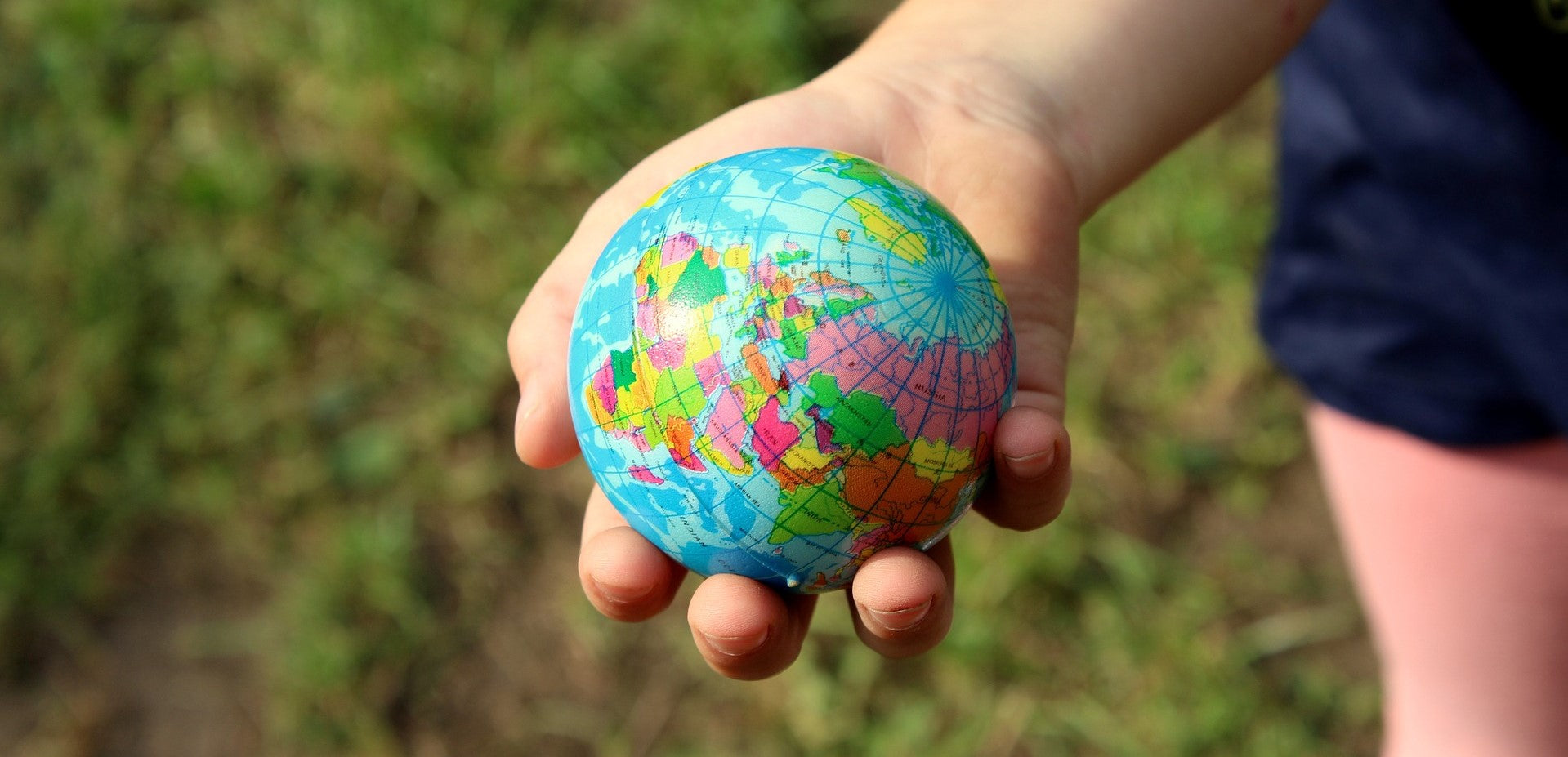
If you buy a cushion for €10... it costs the planet a lot!
This deliberately offbeat title highlights the link between place of production and place of consumption.
If you buy a cushion for €10, its production cost is approximately between €1 and €4. This price includes the cost of raw materials, manufacturing costs, operating costs and the margin of the various distributors and possible intermediaries.
So let's be clear, such a cushion cannot be made in France because the materials and wages cannot be that low.
This cushion therefore comes from another country, probably thousands of kilometers from the store in which you bought it or from the order preparation location of the site from which you ordered it. And it is precisely this distance that is very costly to the planet!
The transport of products represents a very large part of their carbon footprint.
The more kilometers the object travels, the more its carbon footprint increases, i.e. the greater the greenhouse gas emissions, which is today the main cause of global warming . As Thomas Huriez, founder of the 1083 brand , says very simply in his book “ Re-made in France ”:
“Long before they find a place on your shelves or in your wardrobe, the manufactured objects that surround you have traveled the world several times.”
When this is the case, their carbon footprint is obviously very high and the impact on the environment is significant. Worse, the carbon footprint is also linked to the ratio between volume and weight of the object transported. A cushion being bulky but light, we are in the worst case scenario!
The best way to reduce the carbon footprint of an object is to produce it as close as possible to where it is sold.
For our part, we have managed to concentrate our manufacturing circuit entirely in the South-West , so that a pillow travels a maximum of 200 km between its first manufacturing site and the order preparation site. We are far from the 65,000 kilometers traveled on average by a pair of jeans during their manufacture...
So yes, we could offer you cheaper products by having our products manufactured in Asia (and also make more margin!) but that would be to the detriment of the planet.
On the contrary, if all the objects we consume were manufactured in their country of consumption, imagine the thousands of tons of carbon that would disappear overnight! Of course, there are other factors that come into play in the price of objects such as labor, energy sources or the origin of raw materials, but we will talk about them in future articles.
For us, the optimized movement of goods is one of the elements that made us decide to definitively opt for 100% French manufacturing.
Experience shows us that it is entirely possible and that many of you are increasingly sensitive and ready to consume responsibly and constructively. In the reviews you leave on our site , you emphasize your approach similar to ours, to consume better and local. This encourages us to continue on this path! THANKS.
Do you think it's getting hotter and hotter? ☀️ Buy French!



